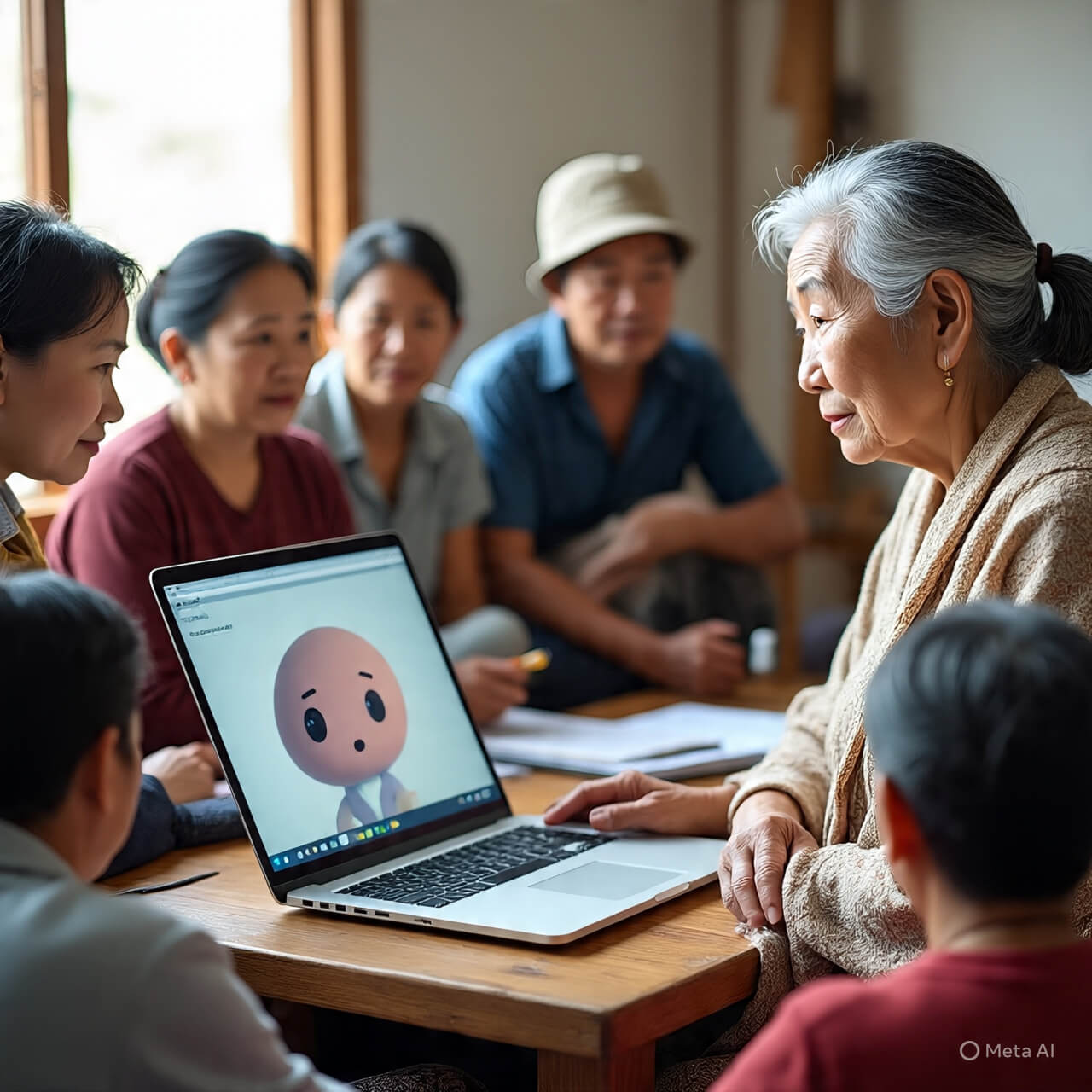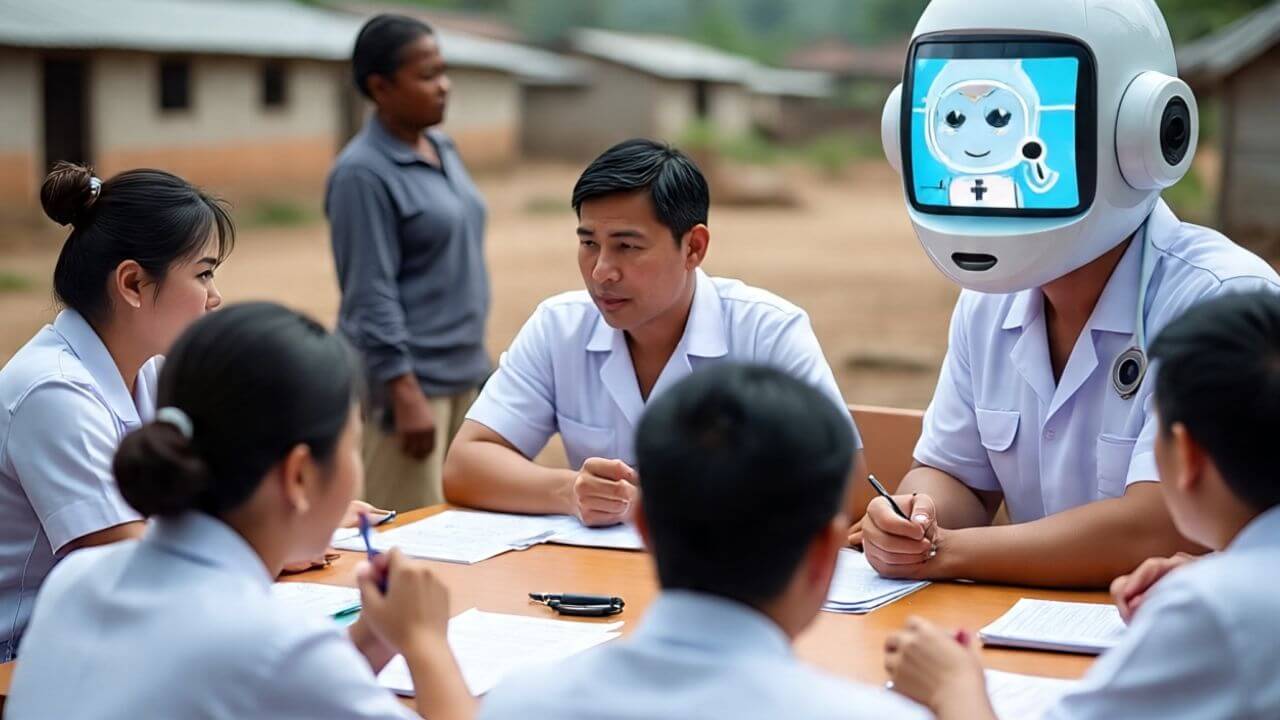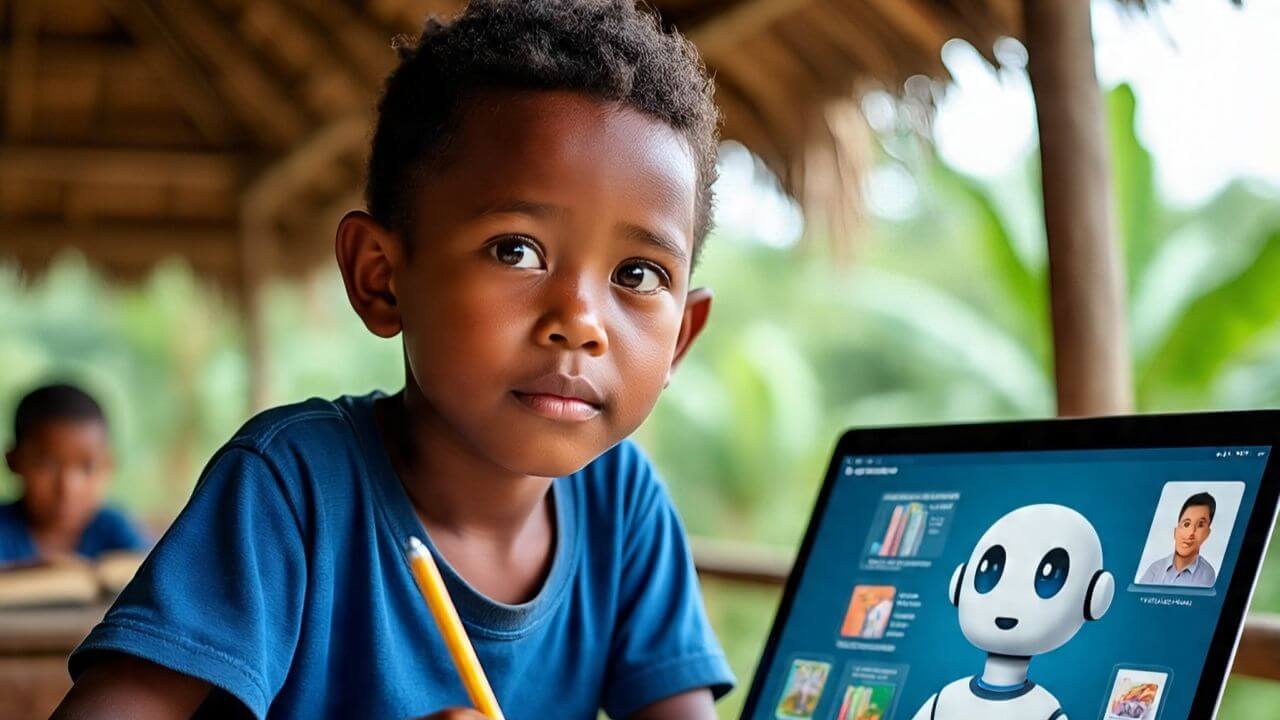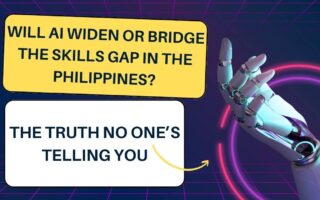Artificial General Intelligence (AGI) sounds like a term reserved for Silicon Valley billionaires and sci-fi screenwriters. But here’s the truth: anybody can grasp what AGI is—and more importantly, anyone can help shape how it unfolds.
🤔 What Is AGI, in Simple Terms?
AGI is the idea of building an AI that can think, learn, and reason like a human across any task—not just one. Unlike today’s AI (which excels at specific things like writing, translating, or playing chess), AGI would be able to:
- Learn a new skill without being retrained
- Understand context like a human
- Solve unfamiliar problems creatively
- Transfer knowledge across domains (like using math to write music)
In short: AGI is AI that can do anything a person can do—maybe even better.
📊 Is AGI Achievable? What the Internet Thinks
A recent Slashdot poll asked tech-savvy users when they believe AGI will arrive. Out of over 18,000 votes:
- 47% said “Never”
- 16% predicted 2040–2050
- 12% said 2027–2030
- Only 5% believed it would happen by 2026
That means nearly half of respondents think AGI is a pipe dream—or at least centuries away. But others, including Elon Musk and DeepMind’s Demis Hassabis, believe it could arrive within the next 5–10 years2.
🇵🇭 Why Filipinos Should Care
Whether AGI arrives in 5 years or 50, its impact will be global—and deeply local. For the Philippines, that means:
- Jobs: AGI could automate not just BPO tasks, but even managerial roles. Are we ready to reskill?
- Education: Will our schools teach students to collaborate with AI, not just memorize facts?
- Ethics: Who decides what values AGI should follow? Should it understand Filipino culture, language, and diskarte?
💡 AGI Isn’t Just for Scientists—It’s for Citizens
You don’t need a PhD to ask smart questions about AGI. In fact, the most important voices might come from teachers, jeepney drivers, OFWs, and sari-sari store owners. Why? Because AGI will affect everyone, not just those who build it.
Let’s make sure it reflects our values—not just those of tech giants abroad.
🔥 Final Thought
AGI isn’t some alien force. It’s a human-made possibility—and one that every Filipino can understand, question, and influence. Whether it arrives in 2030 or never at all, the real question is: Will we be ready to shape it, or just react to it?
Let’s start the conversation now—Taglish welcome.







